Introduction
In today’s increasingly sedentary work culture, long hours at the desk have become the norm. Whether in a corporate high-rise, government office, or educational institution, the health risks associated with prolonged sitting—such as back pain, eye strain, and stress—are widespread. Enter desk yoga and ergonomic office design: a powerful combination that not only alleviates physical strain but also boosts productivity, morale, and mental health.
This article explores how integrating desk yoga practices with ergonomic principles can transform Australian workspaces into healthier, more dynamic environments.
Why Ergonomics Alone Isn't Enough
Understanding Ergonomics
Ergonomics is the science of designing the workspace to suit the user’s needs, aiming to minimise discomfort and prevent injury. From height-adjustable desks and ergonomic task chairs to monitor arms and footrests, a well-designed ergonomic setup promotes proper posture, reduces musculoskeletal strain, and improves overall comfort.
Limitations of Static Solutions
While ergonomic furniture significantly reduces risk factors, it can’t fully counteract the negative impacts of extended sitting. Even in the most optimally designed chair, remaining stationary for too long contributes to:
- Poor circulation
- Tight muscles (especially in the hips, back, and neck)
- Mental fatigue
- Decreased productivity
This is where desk yoga becomes a game-changer.
What Is Desk Yoga?
Desk yoga refers to a series of simple stretches and mindfulness exercises that can be performed at or near a workstation—no yoga mat or special clothing required. It’s designed to combat the negative effects of prolonged sitting and stress, offering physical relief and mental reset.
Benefits of Desk Yoga
- Improves posture and spinal alignment
- Relieves tension in neck, shoulders, and back
- Boosts blood flow and energy levels
- Enhances focus and mental clarity
- Reduces stress and anxiety
By complementing ergonomic design, desk yoga introduces movement and mindfulness into the workday.
Synergising Desk Yoga with Ergonomic Design
1. Monitor Alignment + Neck Stretches
Ergonomic Tip: Use a monitor arm to position the screen at eye level, 50–70 cm from your face.
Yoga Pose: Neck Rolls — gently roll your head in a circular motion to release tension from screen staring.
2. Sit-Stand Desks + Standing Poses
Ergonomic Tip: Alternate between sitting and standing every 30–60 minutes using a sit-stand desk.
Yoga Pose: Chair Pose or Standing Side Stretch — engage leg muscles and open the side body while standing.
3. Task Chairs + Seated Twists
Ergonomic Tip: Use an ergonomic task chair with lumbar support and adjustability.
Yoga Pose: Seated Spinal Twist — relieves lower back pressure and aids digestion.
4. Keyboard and Mouse Positioning + Wrist Stretches
Ergonomic Tip: Keep wrists neutral and elbows at 90°, using an ergonomic keyboard and mouse.
Yoga Pose: Wrist Circles and Prayer Stretch — reduce risk of carpal tunnel and RSI.
5. Footrests + Ankle Mobility
Ergonomic Tip: Use a footrest if feet don’t rest flat on the floor to promote blood flow.
Yoga Pose: Ankle Rotations — improves circulation and prevents stiffness.
Implementing a Desk Yoga Culture
Practical Strategies for Australian Workplaces
- Daily Micro-Sessions: Incorporate 5-minute desk yoga breaks mid-morning and mid-afternoon.
- Group Workshops: Host monthly yoga and ergonomics workshops with certified instructors.
- Digital Yoga Content: Provide access to short video tutorials or QR-coded desk yoga posters.
- Ergo-Yoga Champions: Designate wellness ambassadors to lead by example.
- Policy Integration: Embed movement breaks into WHS policy and wellness frameworks.
Case Study: Desk Yoga in a Government Department
A NSW government department introduced a pilot program combining ergonomic audits with daily desk yoga breaks. Within three months:
- Sick days reduced by 18%
- 72% of staff reported improved mood and focus
- 45% increase in participation in wellness initiatives
The Business Case for Desk Yoga and Ergonomics
Return on Investment
- Reduced absenteeism from work-related injuries
- Improved staff retention and morale
- Higher productivity and concentration
- Positive workplace culture aligned with ESG goals
Australian Standards and Guidance
- Refer to AS/NZS 4442:2018 for ergonomic chairs
- Use Safe Work Australia guides for sedentary behaviour risk
- Align with ISO 45001 Occupational Health and Safety management systems
Frequently Asked Questions (FAQs)
1. Is desk yoga suitable for all fitness levels?
Yes. Desk yoga consists of gentle movements accessible to most people and adaptable for limitations.
2. How often should desk yoga be done during the workday?
Ideally, 5–10 minutes every hour of seated work, but even two sessions per day are beneficial.
3. Do I need training to lead a desk yoga session?
Basic movements can be guided using videos or posters. Professional instructors add value and safety.
4. What’s the best ergonomic setup to support desk yoga?
Height-adjustable desks, ergonomic chairs, and spacious workstations support flexibility and movement.
5. Can employers enforce desk yoga breaks?
While not enforceable, they can be encouraged through wellness policies and leadership modelling.
6. What are the legal obligations regarding ergonomics in Australia?
Employers must ensure safe work environments under the Work Health and Safety Act 2011, which includes ergonomic workstation setup.
7. Is desk yoga tax deductible under employee wellness programs?
Some aspects may qualify under FBT exemptions. Consult an ATO or HR advisor for clarity.
Conclusion
Integrating desk yoga and ergonomic design is not just a trendy wellness idea—it’s a strategic investment in the health, productivity, and satisfaction of your workforce. For Australian businesses, government departments, and educational institutions, this holistic approach addresses both physical and mental demands of modern work environments.
Make your workplace not only more comfortable but more mindful. Encourage movement. Inspire balance. Support wellbeing.

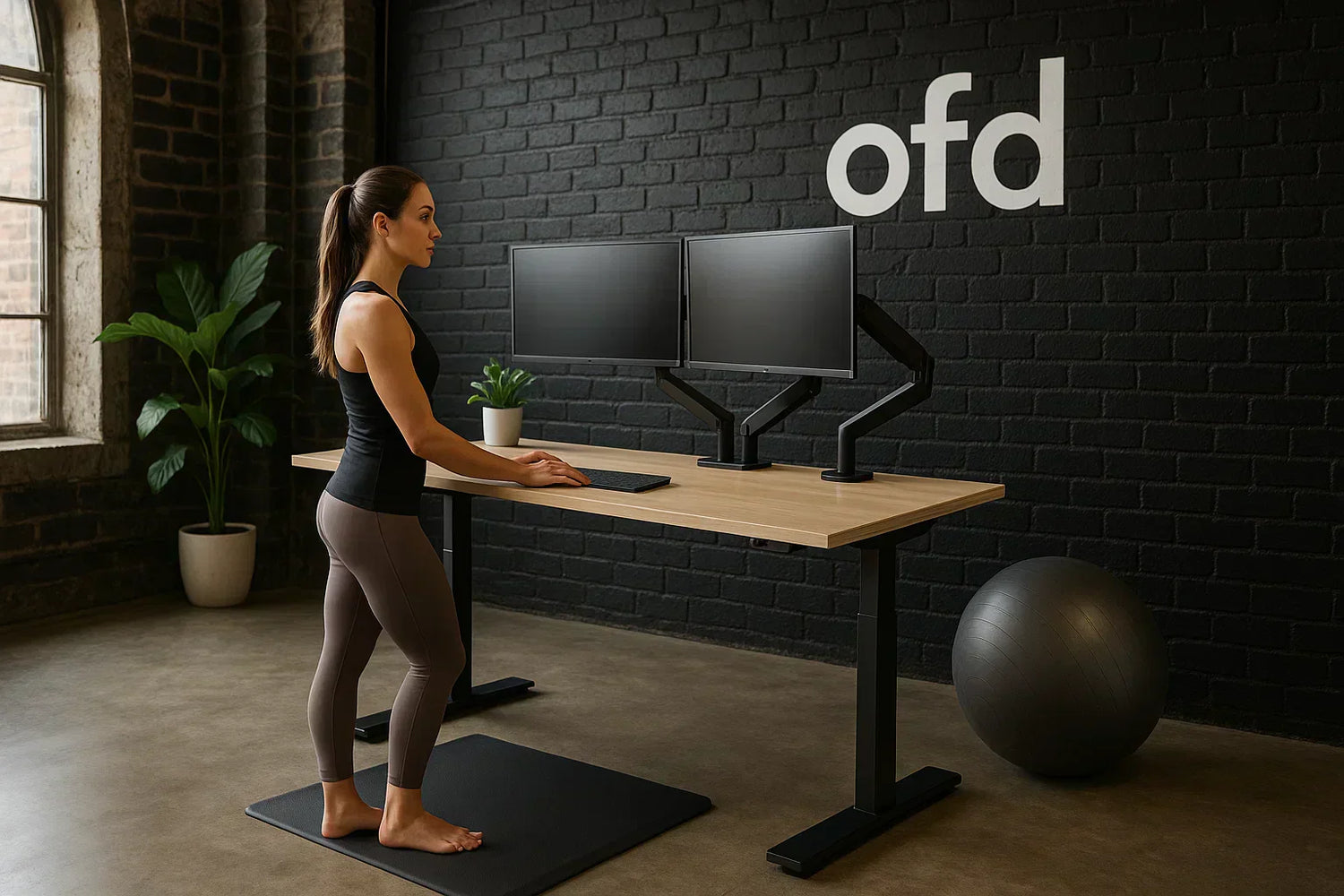
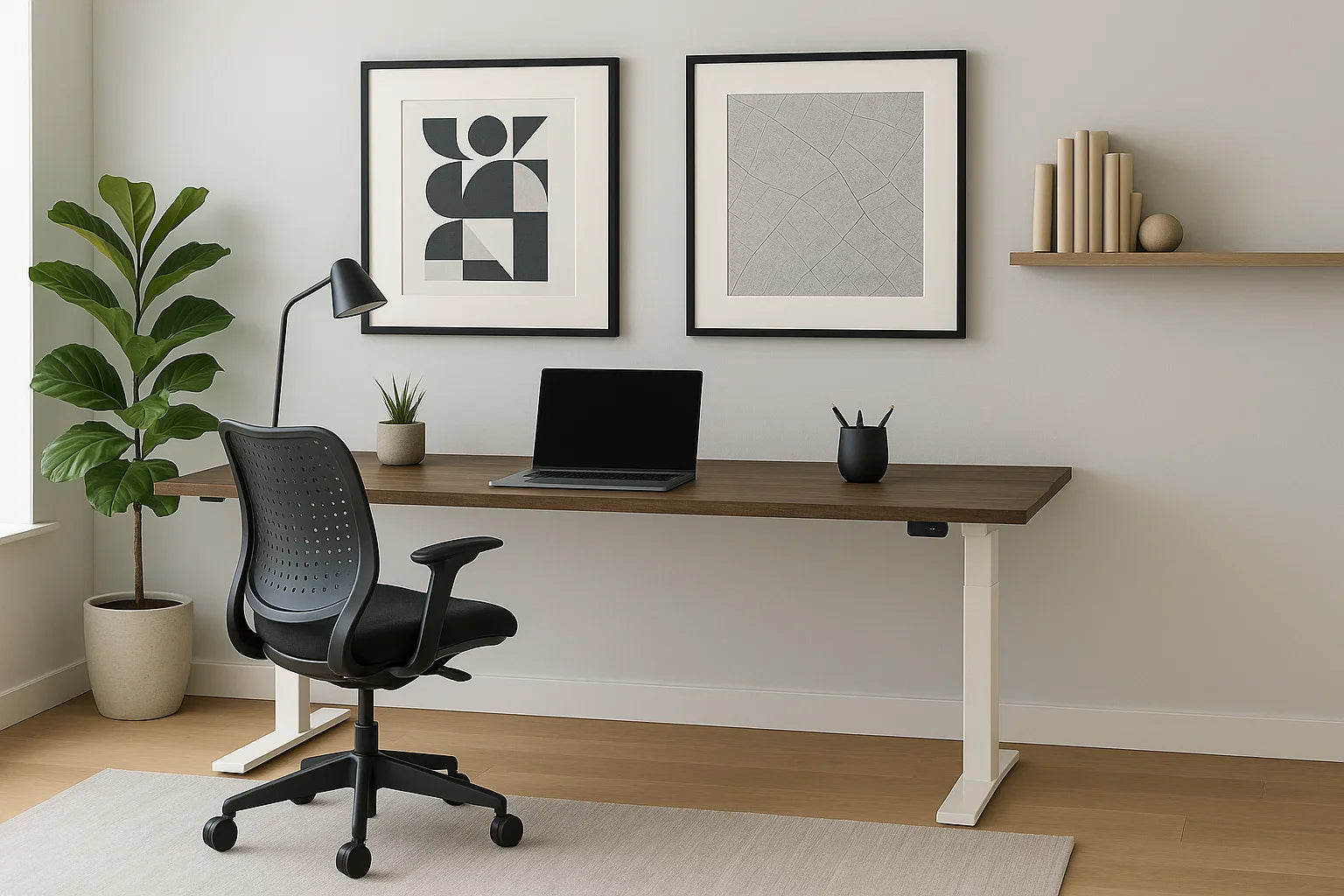

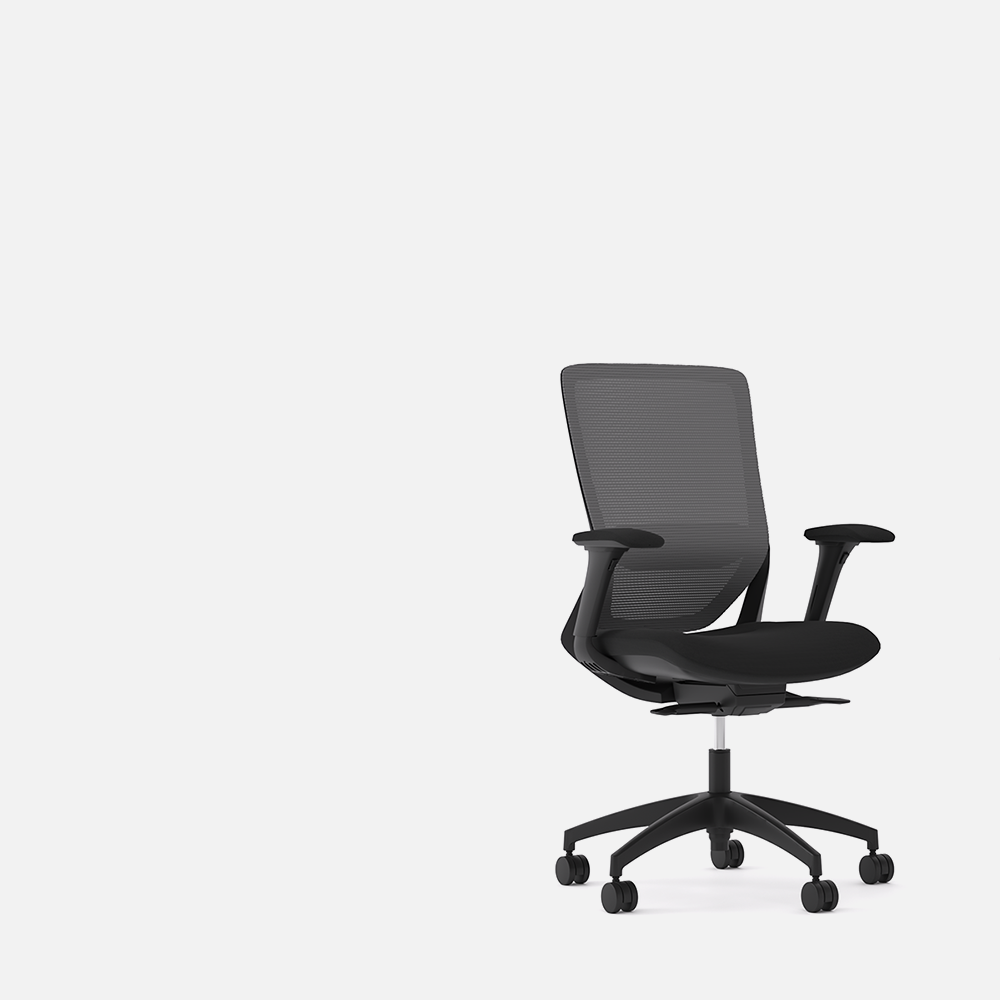
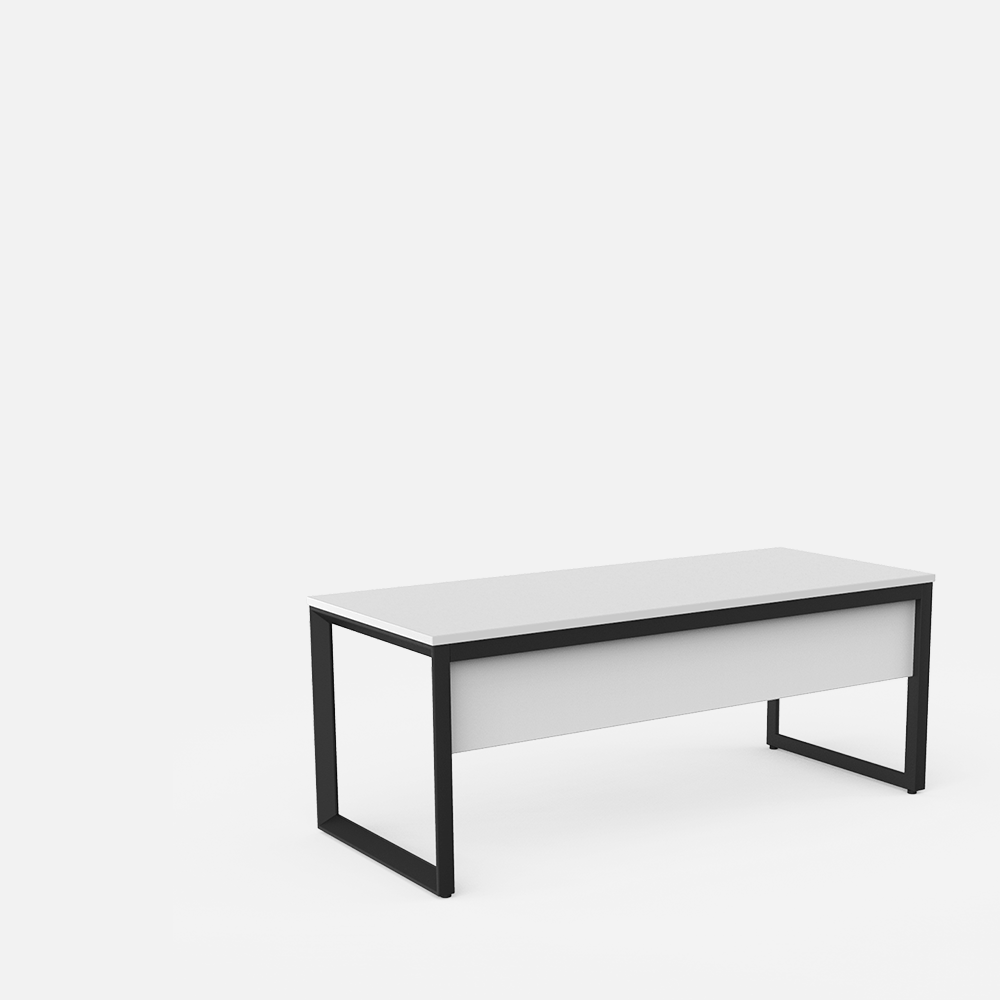
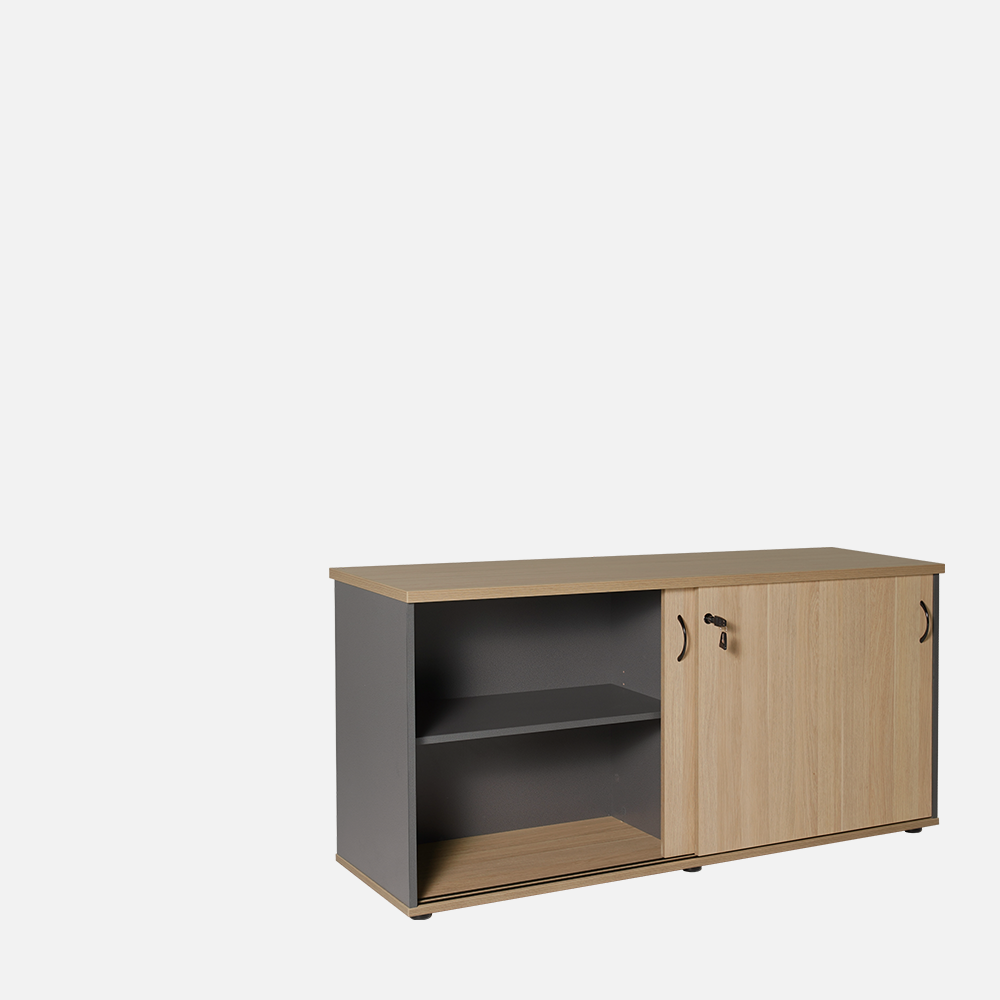
Leave a comment
This site is protected by hCaptcha and the hCaptcha Privacy Policy and Terms of Service apply.